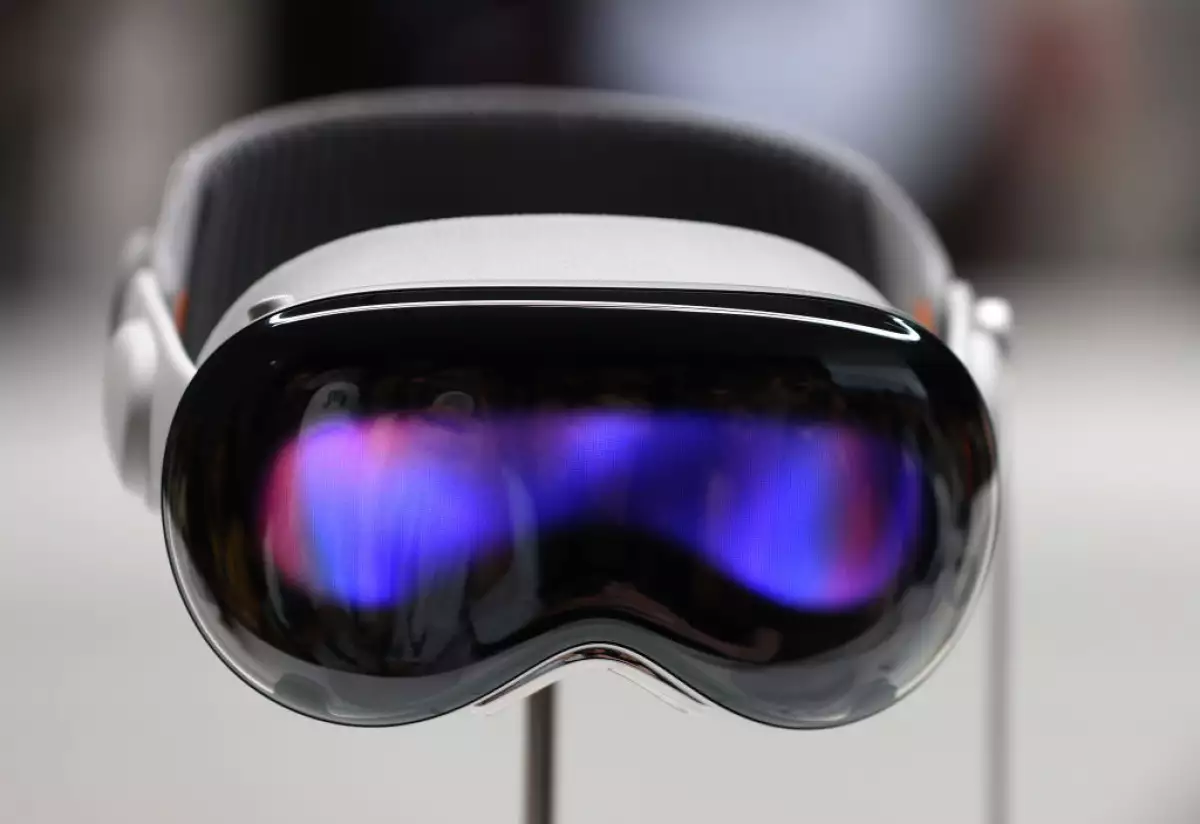
Flying cars, a concept that becomes reality at CES
The company Xpeng Aeroht presented two prototypes: a modular car and a car that has four propellers that allow it to fly at a low altitude.
Las Vegas, Nevada - Flying cars were trending at the CES tech show in 2020, when Hyundai and Uber unveiled a flying taxi prototype that caught the attention of thousands of attendees that year. But four years ago, these were just ideas and no vehicles that could fly existed.
Now, the Chinese company Xpeng Aeroht has presented a pair of prototypes that are closer to being on the road. The first of these is the Modular Flying Car, a car that resembles the Tesla Cybertruck in its design, but that has an aerial module that can be integrated to make short, low-altitude flights.
According to the company's CEO, He Xiaopeng, the price of each of these prototypes would be in the segment of one million yuan, about 140,500 dollars, and he expects to have orders starting in the second half of 2025.
Although the design of this concept, which already began to be tested in the second half of 2023, is not final, the company has already given details of what this hybrid car will be like. On land, it will be able to have four to five passengers, will have three axles and 6x6 traction. In its air version, it will become a low-altitude electric aircraft, which will allow both autonomous and manual driving, as well as a 270º panoramic cabin for two people.
In addition to this car, the brand presented a sports concept called Blue, which will have four propellers that deploy from the roof and could be one of the most ambitious bets on integrating flying cars. During its inaugural conference, Xpeng Aeroht did a small test of deploying the propellers, but it was not possible to see more about the aerial movement capacity that this vehicle could have.
Vehicles that stole glances at CES 2024
In addition to the flying vehicle, another of the announcements that captured the attention of those attending the event was the one made by Honda, as they presented two advances: their Saloon model and Space-Hub, concepts that according to the Japanese company will define the future of mobility and vehicle development.
The Saloon is the first model in the 0 Series line, and Honda says it will be the flagship of its new line of electric vehicles. It also won't be autonomous, which some attendees welcomed, as it is a vehicle that resembles several luxury sports cars.
Space-Hub, on the other hand, will be the brand's bet on autonomous vehicles. In fact, the brand describes it as a "flexible space that immediately accommodates a variety of passengers and becomes a hub that connects people with each other and with the outside world." It looks a lot like a space shuttle.
Another brand that made headlines at the last CES was the German company Volkswagen, which this time did not focus on presenting a vehicle that changes colors, but instead launched the first vehicles in which the chatbot ChatGPT, based on artificial intelligence, is integrated into its voice assistant IDA.
In addition to these cars, Kia has also introduced a line that will attract the interest of several companies. It has launched its PBV strategy, meaning electric vehicles that can be used in different ways and that adapt to the needs of the fleet.
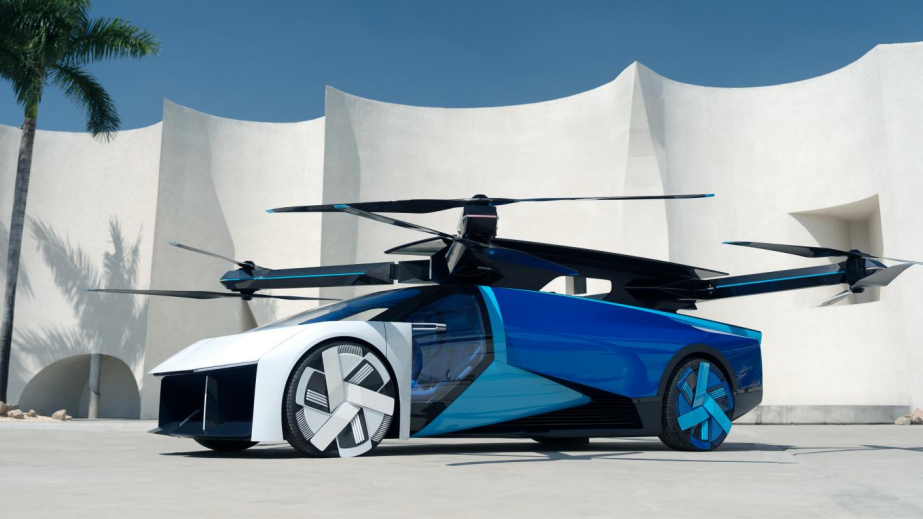
Leave a comment:
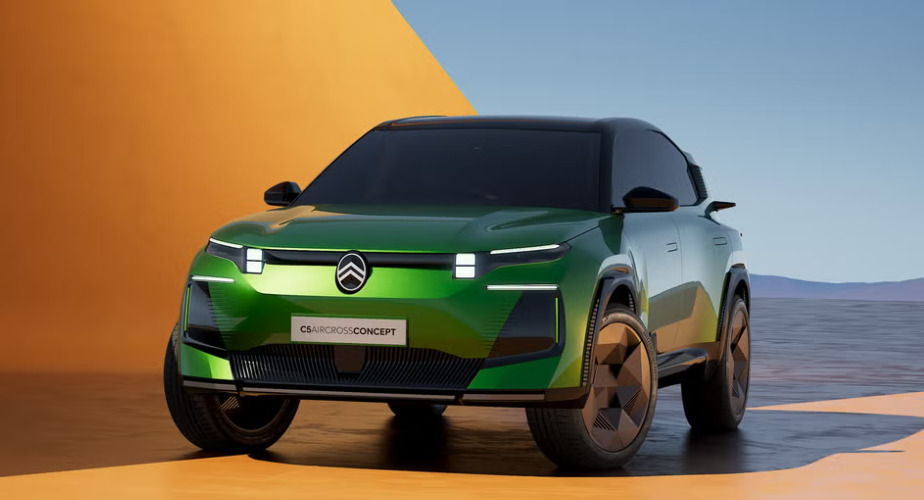

Tranding News
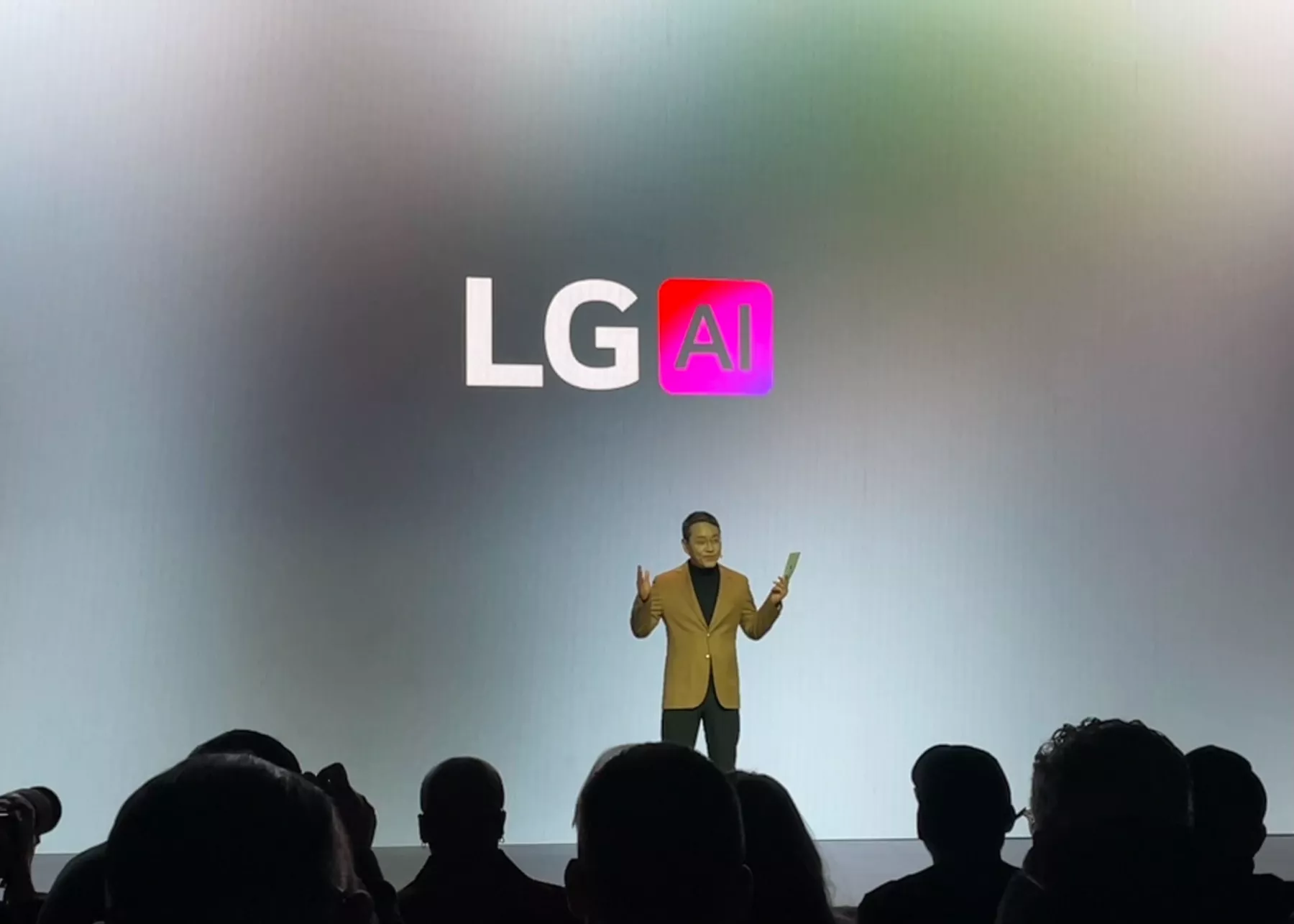
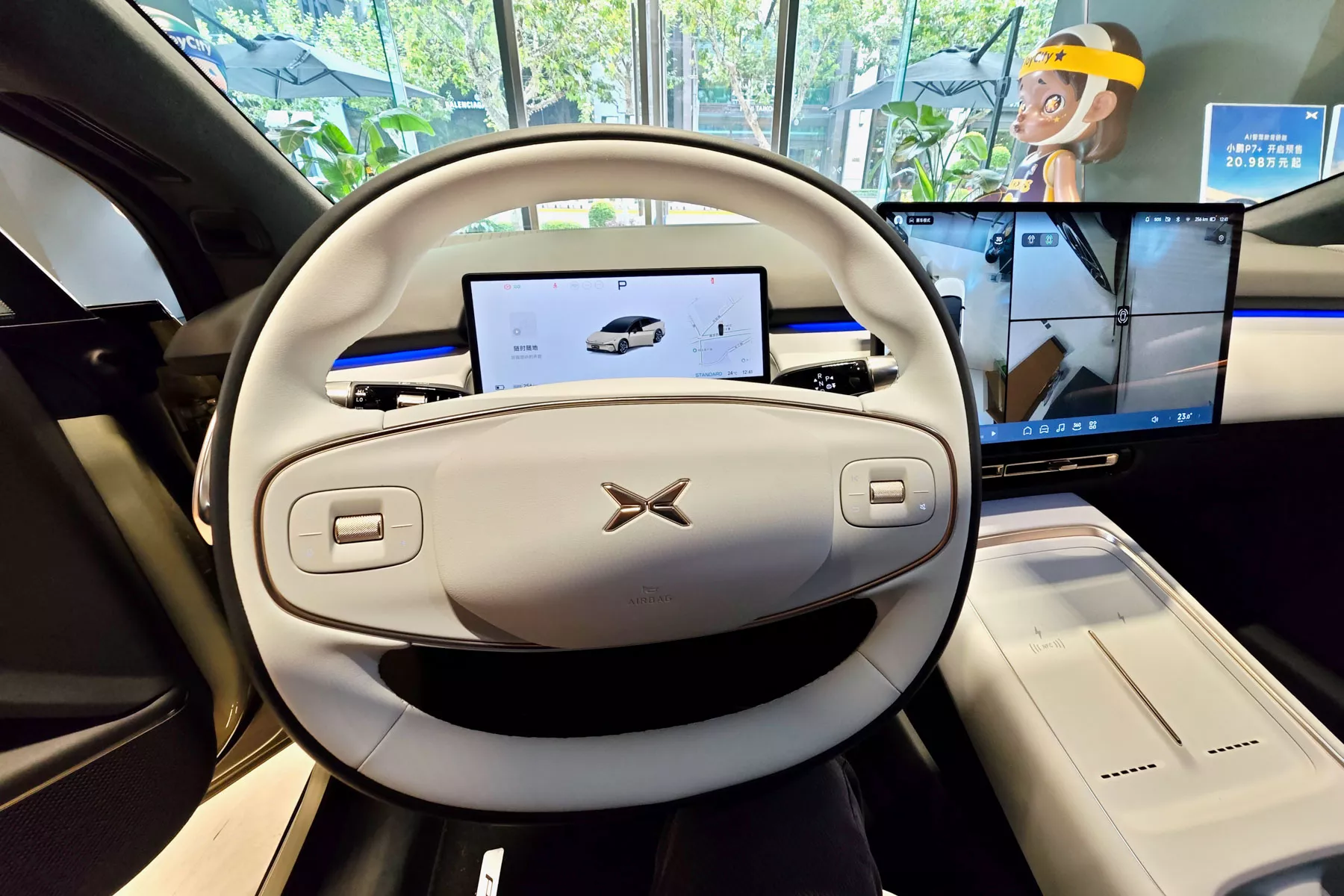
.webp)



